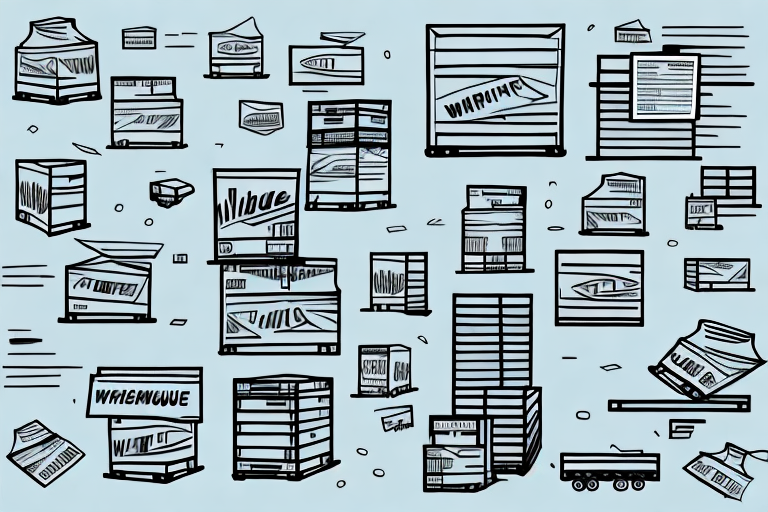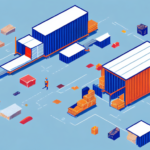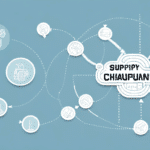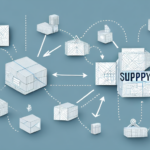Understanding Reverse Logistics: Definitions and Processes
Reverse logistics refers to the process of managing the flow of goods from the point of consumption back to the point of origin or manufacturer. This encompasses several key activities, including handling returned products, refurbishment, disposal, and the reuse of materials. Effective reverse logistics is essential for businesses that deal with physical goods, as it directly influences customer satisfaction, profitability, and sustainability.
Key Stages of Reverse Logistics
- Return Initiation: The consumer begins the return process by contacting the seller or manufacturer.
- Inspection: Returned products are assessed to determine their condition and decide whether they can be restocked, refunded, or require further processing.
- Processing: Depending on the product's condition, it may be restocked, refurbished, recycled, or disposed of appropriately.
- Restocking or Disposal: Products suitable for resale are returned to inventory, while those that aren't are managed through recycling or responsible disposal methods.
Beyond Returns: Additional Reverse Logistics Activities
Reverse logistics also involves managing excess inventory, handling product recalls, and ensuring environmentally friendly disposal of products. By effectively overseeing these processes, businesses can gain valuable insights into product quality and customer satisfaction, leading to improved products and services.
Importance of Reverse Logistics for Businesses
Implementing a robust reverse logistics system is critical for businesses that sell physical goods. It plays a significant role in enhancing customer satisfaction and building loyalty. Customers who experience a seamless and hassle-free return process are more likely to make repeat purchases and remain loyal to the brand.
Cost Reduction and Quality Improvement
Efficient reverse logistics can lead to substantial cost savings by minimizing expenses related to shipping, restocking, and disposal of returned products. Additionally, analyzing return data helps identify recurring quality issues or design flaws, allowing businesses to make necessary improvements.
Environmental Sustainability
Reverse logistics contributes to sustainability by reducing waste and promoting the recycling and reuse of materials. Proper management of returns and disposal processes helps businesses lower their carbon footprint and appeal to environmentally conscious consumers.
Benefits and Challenges of Reverse Logistics
While reverse logistics offers numerous advantages, it also presents several challenges that businesses must navigate to achieve success.
Benefits
- Enhanced Customer Satisfaction: A smooth return process increases customer trust and loyalty.
- Cost Savings: Reducing the number of products disposed of in landfills and recovering value from returned items lowers operational costs.
- Sustainability: Effective reverse logistics minimizes waste and supports environmentally responsible practices.
- Valuable Insights: Analyzing return reasons provides data to improve product design and customer service.
Challenges
- Cost Management: Handling and processing returns can be expensive, impacting overall profitability.
- Complex Coordination: Managing reverse logistics requires seamless coordination between various departments and external partners.
- Customer Expectations: Meeting customer demands for quick and easy returns necessitates efficient processes and clear communication.
Implementing Reverse Logistics Strategies
To harness the benefits of reverse logistics, businesses must develop comprehensive strategies that address both operational efficiency and customer satisfaction.
Developing a Clear Return Policy
A well-defined return policy is crucial for guiding customers through the return process. It should be transparent, easy to understand, and accessible, helping to set clear expectations and reduce confusion.
Efficient Return Management Processes
Establishing streamlined procedures for inspecting, restocking, and refurbishing returned products ensures that returned items are handled promptly and cost-effectively. This includes investing in technologies that automate sorting and inspection tasks.
Partnering with Reliable Logistics Providers
Collaborating with experienced logistics partners who specialize in reverse logistics can enhance the efficiency of the return process. These partners bring expertise and resources that can help manage returns more effectively.
Data Analysis and Continuous Improvement
Tracking and analyzing data related to returns enables businesses to identify trends and areas for improvement. This information can inform product design, quality control measures, and customer service enhancements.
Technology and Future Trends in Reverse Logistics
Advancements in technology are transforming reverse logistics, making it more efficient and data-driven. Several emerging trends are shaping the future of reverse logistics:
Automation and Artificial Intelligence
Automated sorting systems and AI-driven analytics are streamlining the reverse logistics process. These technologies enhance accuracy, reduce processing times, and provide deeper insights into return patterns.
Real-Time Tracking and Communication
Real-time tracking tools allow businesses and customers to monitor the status of returns, improving transparency and communication throughout the process.
Closed-Loop Supply Chains
Closed-loop supply chains focus on recycling and reusing materials, minimizing waste, and promoting sustainability. This approach aligns reverse logistics with broader environmental goals.
Emerging Business Models
The rise of rental and leasing models introduces new complexities and opportunities for reverse logistics, requiring businesses to adapt their return processes to accommodate these models.
Case Studies: Successful Reverse Logistics Programs
Several companies have demonstrated exemplary reverse logistics practices, showcasing the benefits of effective return management.
Dell
Dell's returns management program includes product refurbishment, recycling, and reuse of materials. This approach not only reduces waste but also creates opportunities for reselling refurbished products.
Best Buy
Best Buy has developed an efficient in-store return process, minimizing the need for customers to ship products back. This reduces shipping costs and enhances the customer experience.
Walmart
Walmart allows customers to return online purchases at physical stores, decreasing the environmental impact of shipping returns. The company also collaborates with suppliers to reduce packaging waste and increase the use of recycled materials.
Nike
Nike has implemented a closed-loop system for its footwear, where old shoes are collected and recycled into new products. This initiative not only reduces waste but also generates new revenue streams from recycled materials.
Sustainability and Reverse Logistics: How It Benefits the Environment
Reverse logistics plays a pivotal role in promoting environmental sustainability by reducing waste and encouraging the reuse and recycling of materials.
Reducing Waste and Carbon Footprint
By managing returns efficiently and recycling or refurbishing products, businesses can significantly lower their carbon footprint and minimize waste production.
Resource Conservation
Reusing materials from returned products decreases the demand for new raw materials, conserving natural resources and reducing the environmental impact of manufacturing processes.
Cost Savings Through Sustainability
Sustainable reverse logistics practices can lead to cost savings by reducing waste disposal expenses and lowering manufacturing costs through the reuse of materials.
Measuring the Success of Your Reverse Logistics Program
Assessing the effectiveness of a reverse logistics program involves tracking various key performance indicators (KPIs) to identify strengths and areas for improvement.
Key Metrics to Monitor
- Return Rates: The percentage of products returned by customers.
- Customer Satisfaction: Metrics such as Net Promoter Score (NPS) and customer feedback on the return process.
- Processing Time: The average time taken to process and handle returns.
- Cost of Returns: Total expenses associated with managing returns, including shipping, restocking, and disposal.
- Recovered Value: The financial value recovered from refurbished or resold returned products.
Continuous Improvement
Regularly analyzing these metrics allows businesses to refine their reverse logistics processes, enhance efficiency, and improve overall performance.
Conclusion: Making the Most of Your Reverse Logistics Strategy
Reverse logistics is a critical component of modern supply chain management, impacting customer satisfaction, profitability, and sustainability. By developing and implementing a comprehensive reverse logistics program, businesses can efficiently manage returns, reduce waste, and enhance the customer experience. Despite the inherent challenges, the strategic benefits of an effective reverse logistics system are substantial, positioning businesses for long-term success and competitive advantage.






















